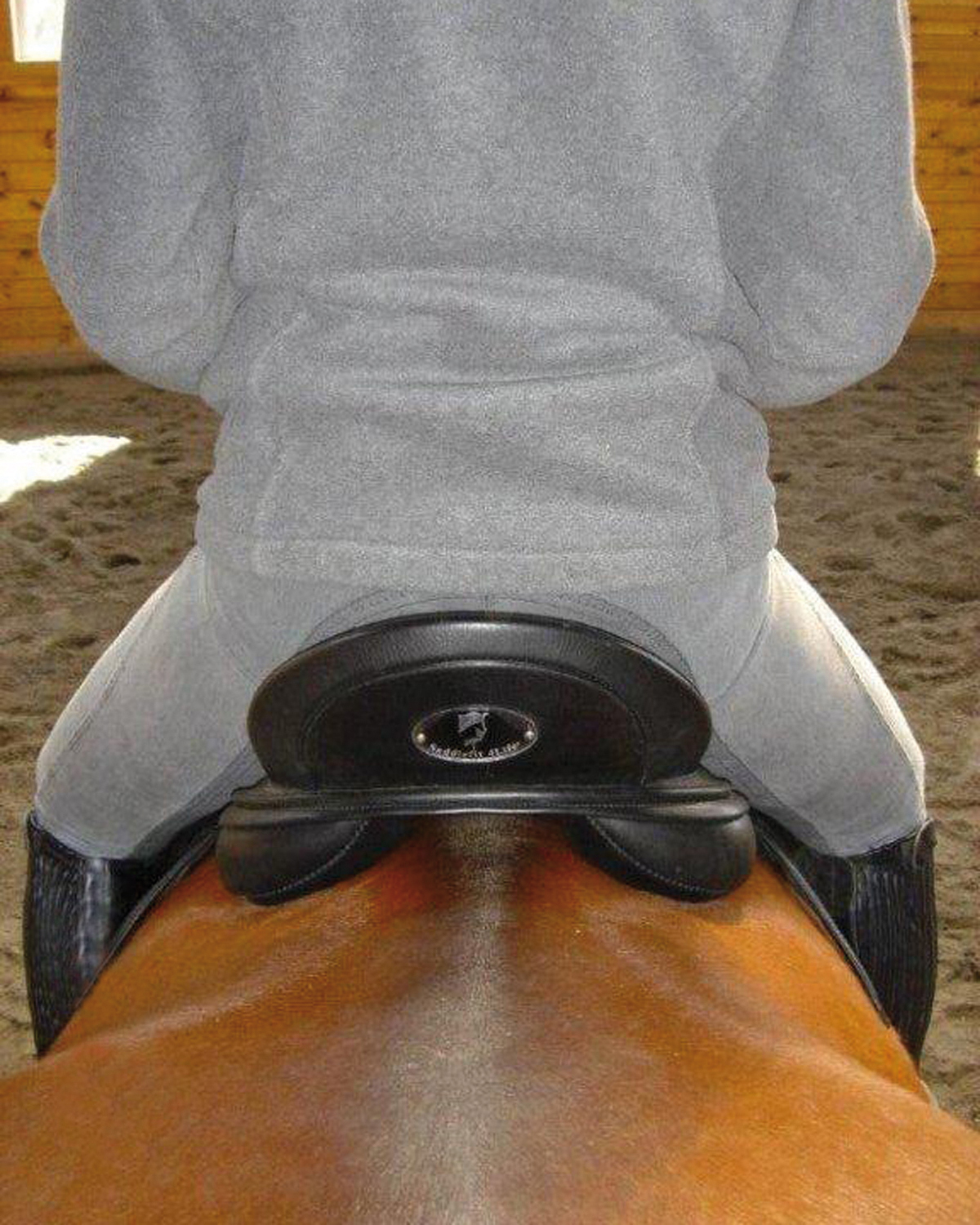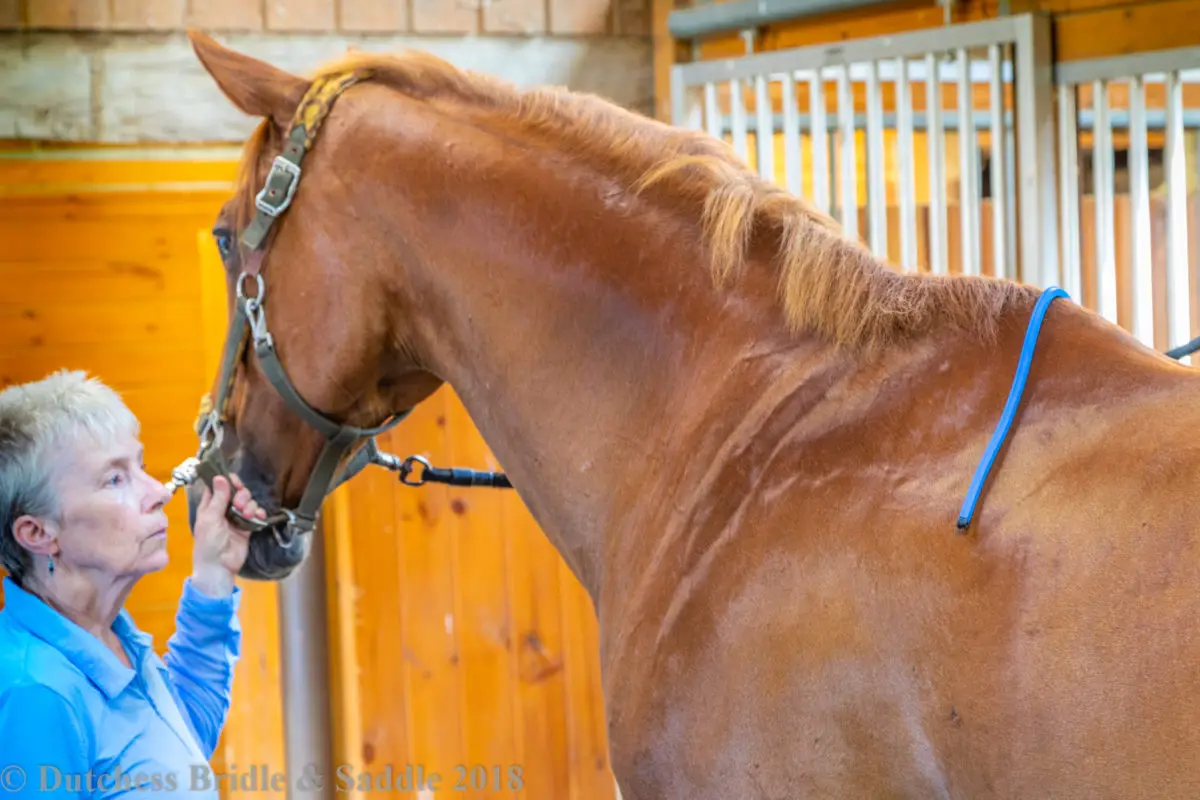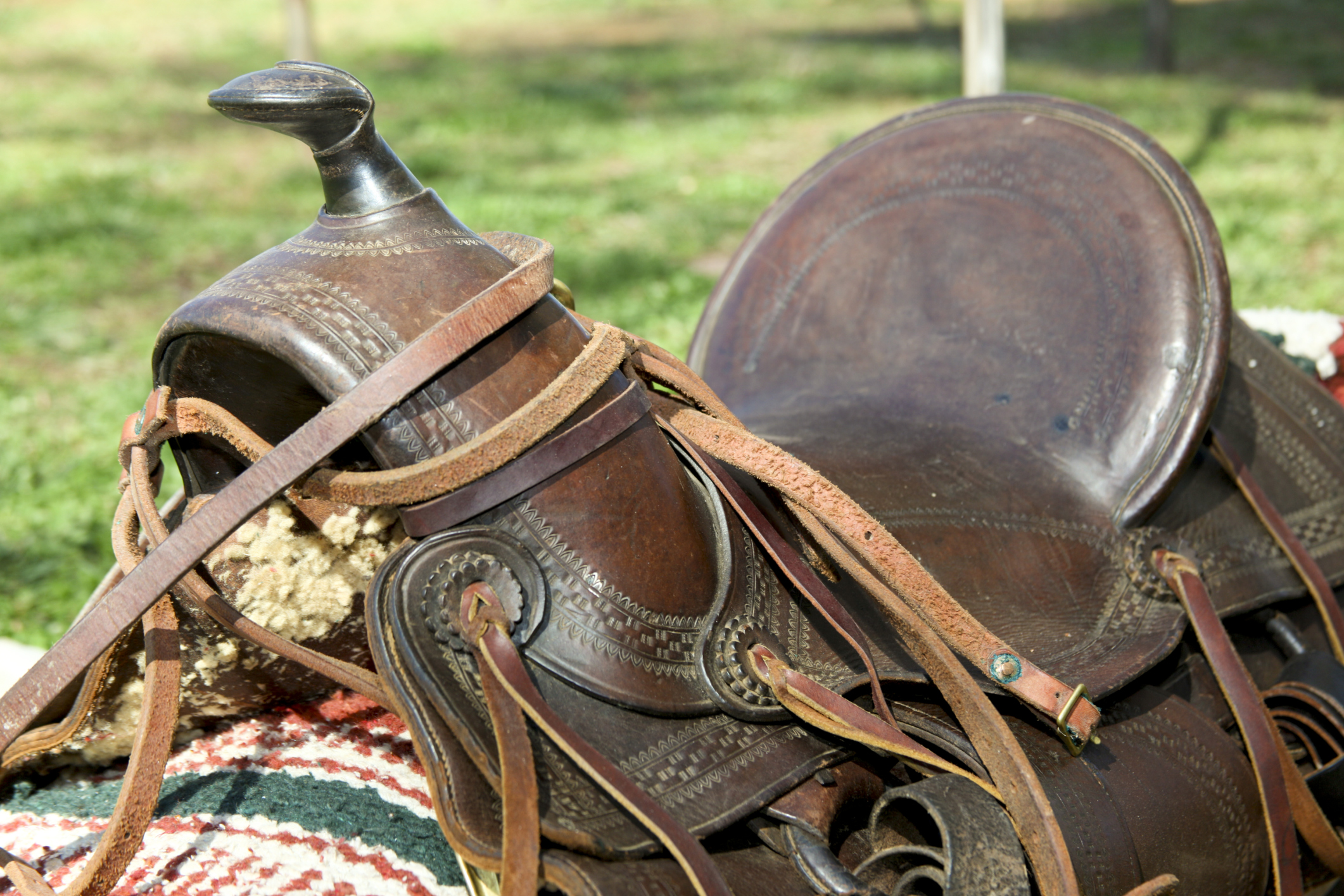Finding the right size gullet for a high-withered horse is crucial to ensure the comfort and performance of the horse. The gullet of a saddle is the channel between the bars where the horse’s spine lies. It is important to select the correct gullet size to prevent discomfort, pain, and potential long-term damage to the horse’s back. In this article, we will discuss the factors to consider when choosing the right gullet size for a high-withered horse and provide valuable insights to help riders make informed decisions.
Understanding the High Withered Horse

High-withered horses have a prominent spine and a narrower area along their withers. This conformation can make saddle fitting a challenge, as the saddle may not sit properly and can cause discomfort for the horse. When the gullet of the saddle is too narrow, it can put excessive pressure on the withers, leading to soreness and restricted movement. On the other hand, if the gullet is too wide, it may not provide enough support and stability, causing the saddle to shift and potentially causing back pain for the horse.
Importance of the Correct Gullet Size
The gullet size plays a vital role in ensuring the overall well-being and performance of the high-withered horse. A correctly fitted gullet allows for proper clearance over the withers, preventing pressure points and allowing the horse to move freely and comfortably. It also ensures that the rider maintains proper balance and stability in the saddle, which is essential for effective communication with the horse.
Measuring the Gullet Size
Before selecting a gullet size, it is essential to measure the horse’s withers accurately. Using a flexible curve or a wither tracing tool, take the measurement at the widest part of the withers. This measurement will provide a good indication of the gullet size needed to accommodate the high withers without causing pressure or interference.
Consulting with a Professional
When in doubt about the appropriate gullet size for a high-withered horse, it is advisable to seek guidance from a professional saddle fitter or equine veterinarian. These experts can assess the horse’s conformation and recommend the most suitable gullet size based on individual characteristics and specific needs.
Factors to Consider When Choosing the Gullet Size

1. Conformation
The horse’s conformation, particularly the shape and height of the withers, is a crucial factor in determining the correct gullet size. High-withered horses require a gullet that provides ample clearance over the withers while maintaining stability and support along the horse’s back.
2. Saddle Design
Different saddle brands and models may have variations in gullet width and shape. It is important to consider the design of the saddle and how it aligns with the high-withered horse’s conformation. Some saddles offer interchangeable gullet plates, allowing for customization to fit the specific needs of the horse.
3. Rider’s Weight and Balance
The rider’s weight and balance also influence the choice of gullet size. A well-fitted gullet helps distribute the rider’s weight evenly and ensures proper balance, benefiting both the horse and the rider.
4. Performance Discipline
The discipline in which the horse is primarily used should be taken into account when selecting the gullet size. For example, a high-withered horse used in disciplines that require significant movement and agility, such as show jumping or dressage, may require a gullet size that allows for unrestricted shoulder movement and optimal performance.
5. Comfort and Freedom of Movement
Ultimately, the gullet size should prioritize the comfort and freedom of movement for the horse. An appropriate gullet size will prevent interference with the withers, allowing the horse to move naturally and perform at its best.
Choosing the Right Gullet Size

When selecting the gullet size for a high-withered horse, it is essential to consider the horse’s individual conformation, the saddle design, and the rider’s needs. Here are some additional tips to help make an informed decision:
1. Gullet Size Trial
If possible, try different gullet sizes to assess the fit and comfort for the high-withered horse. This may involve borrowing gullet plates from a saddle fitter or utilizing a saddle with adjustable gullet plates to determine the most suitable size.
2. Professional Assessment
Seeking professional advice from a saddle fitter or equine veterinarian can provide valuable insights into the most appropriate gullet size for the high-withered horse. Their expertise and experience can help ensure a proper fit and comfort for the horse.
3. Regular Evaluation
As the horse’s conformation may change over time due to factors such as age, fitness level, or muscle development, it is important to regularly evaluate the gullet size and make adjustments as needed to accommodate any changes in the horse’s physique.
Interested in learning more about horses? Check out our articles on horse size in inches, sorrel horse color, and Budweiser horse price for fascinating insights into the world of equines!
Conclusion

Choosing the right gullet size for a high-withered horse is a critical aspect of saddle fitting that directly impacts the horse’s comfort, well-being, and performance. By considering the horse’s conformation, saddle design, rider’s balance, and overall comfort, riders can make informed decisions when selecting the appropriate gullet size. Regular assessment and professional guidance are essential in ensuring that the saddle fits correctly and provides the necessary support for the high-withered horse, allowing for harmonious and successful partnerships between horse and rider.



